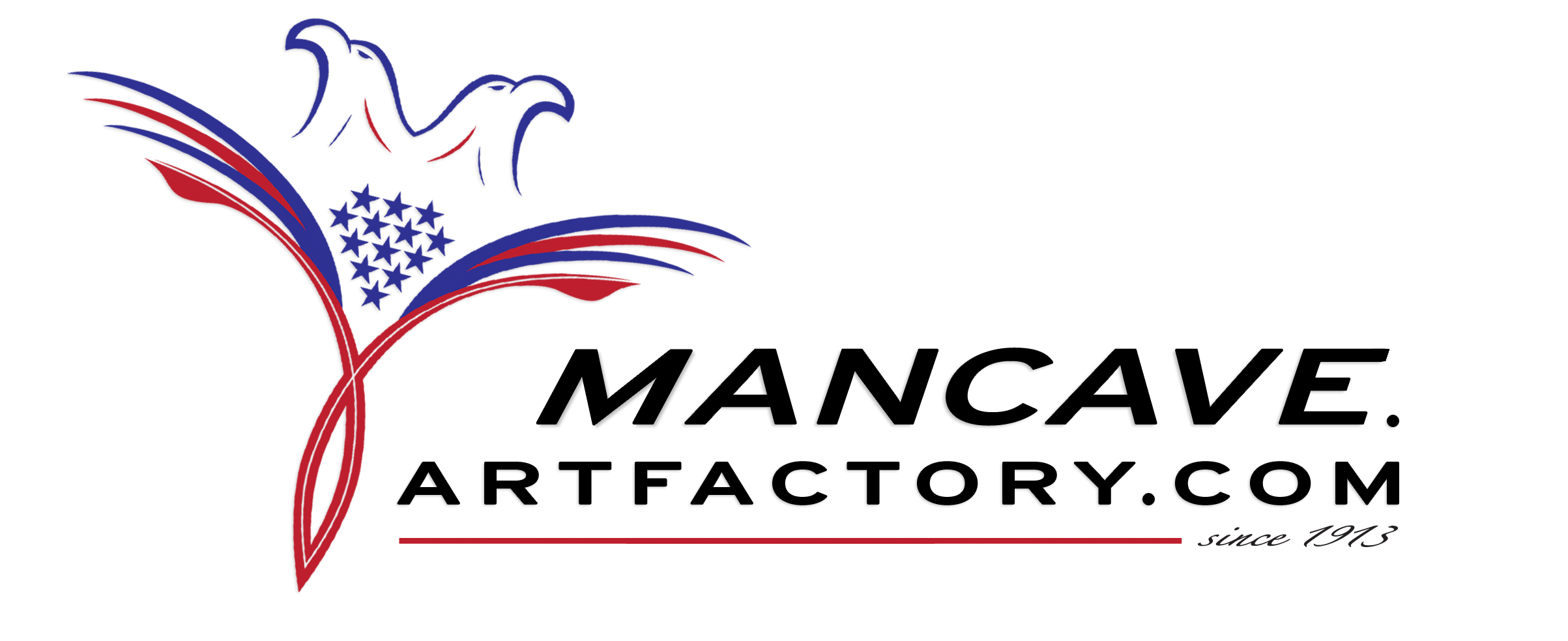The Role of Drilling in Vintage Neon Signage
Abstract
Vintage Neon Signs
This paper addresses a longstanding debate in the world of vintage advertising collectibles: whether
drilling holes into tin lithograph or porcelain signs for neon tubing reduces collector value. Drawing on
decades of professional experience and historical industry practices, I present evidence that drilling was
a standard, authentic process that does not diminish a sign’s legitimacy or value.
Introduction
In the early-to-mid 20th century, American advertising experienced a revolution through illuminated
signage. Companies such as Firestone, Coca-Cola, and Goodyear relied heavily on embossed tin litho
and porcelain signs manufactured by leading firms like Walker, Veribrite, and Stout. As neon became
the premier form of visual advertising in the 1930s‒1950s, these signs were routinely adapted with
neon tubing. This required drilling holes in the sign face, often sparking debate among today’s
collectors about whether such modifications harm originality or market value.
Historical & Technical Background
The adaptation of litho and porcelain signs for neon was a deliberate engineering practice. Neon shops
and sign companies drilled precision holes in the sign face. Through these holes, the neon tubes were
mounted, and importantly, glass flanges were fitted. These flanges created a weather-tight seal,
protecting wiring from the elements, and allowed easy access for maintenance. This was not damage,
but rather an intentional, engineered practice that extended the sign’s life and effectiveness.
The Purist Misconception
Some collectors argue that undrilled signs are “purer” or more valuable. While undrilled examples
may appear cleaner, they can also raise questions: Were they ever put into service? Were they leftover
blanks? Do they truly represent the working history of the brand? The reality is that both drilled and
undrilled examples are authentic artifacts. The drilling reflects the intended use of the sign in its
commercial environment.
Determinants of Value
The true drivers of value in vintage signs are:
- Era & Rarity ‒ Pre-1950s agricultural, automotive, and petroliana signs.
- Condition ‒ Color, lithographic or porcelain integrity, and structural stability.
- Provenance & Presentation ‒ Documentation, historical context, and professional restorations or neon re-creations. The presence or absence of drilled neon holes does not meaningfully affect collector value when these factors are considered.
Conclusion
Drilling for neon tubing, combined with the use of glass flanges for weatherproofing and maintenance,
was a standard, historically accurate practice in mid-century American sign-making. To suggest that a
drilled sign is less valuable ignores both historical record and industry practice. Drilled or undrilled,
these signs are equally authentic and equally representative of America’s advertising heritage. The
focus should remain on age, rarity, condition, and provenance ̶ not on whether a sign’s face carries
drilled neon mounts.
Author
H.J. Nick Master Builder, Artist, and Historian of American Made Heritage ArtFactory.com

